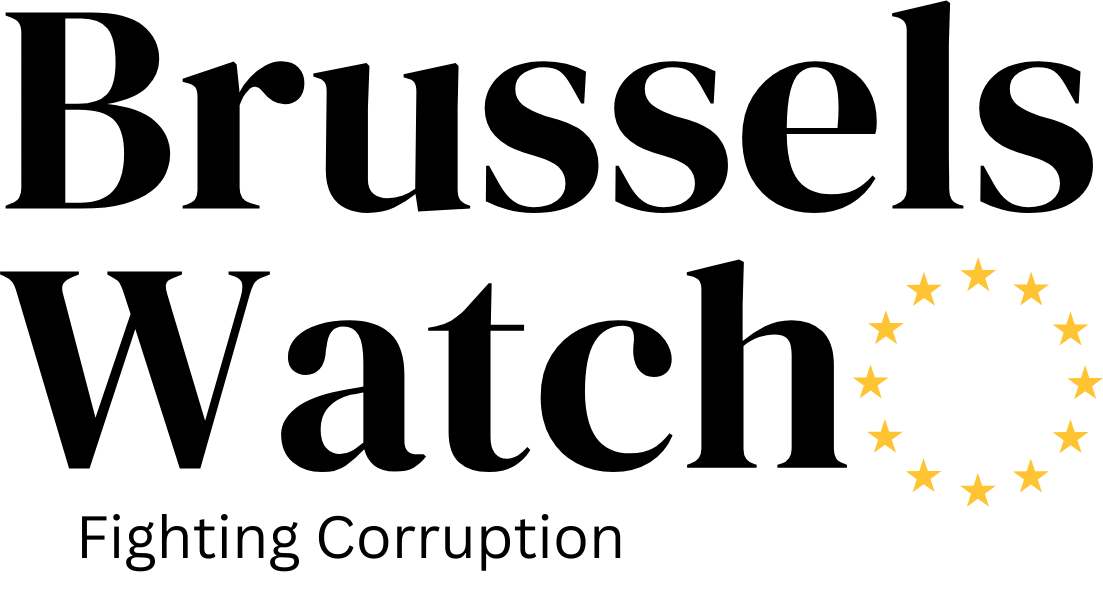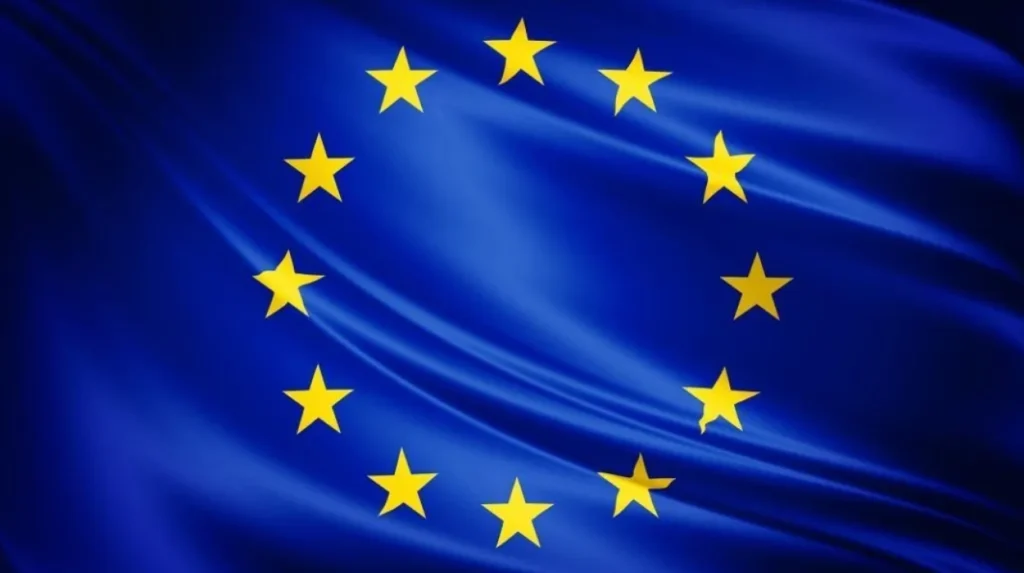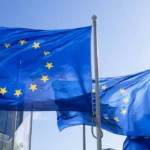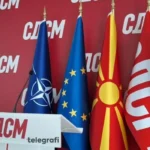The European Union (EU) is a unique political and economic union of 27 European countries that have chosen to work closely together in areas ranging from trade and regulation to foreign policy and environmental protection. Originating from post-World War II efforts to foster peace and economic cooperation, the EU today functions as a major global player with a complex governance framework.
What Is the European Union?
The EU is a supranational and intergovernmental organization that blends elements of both a federation and a confederation. It pools sovereignty in specific areas to enable common policies, legislation, and institutions that transcend national boundaries, while respecting the autonomy of member states. Its foundational goals include promoting economic integration, ensuring peace and stability, advancing social welfare, and strengthening European influence globally.
Today, the EU spans an area exceeding 4.2 million square kilometers and comprises over 450 million people, making it one of the largest economic and political blocs in the world. The union operates with 24 official languages, reflecting its cultural diversity.
When Was the European Union Created?
The EU’s roots trace back to the aftermath of World War II, when European nations sought mechanisms to ensure peace and rebuild war-torn economies. Early steps included the European Coal and Steel Community (ECSC) in 1951, which pooled control over critical industries. The modern EU was formally established with the Maastricht Treaty, which took effect in 1993, creating a more comprehensive political and economic union.
Subsequently, treaties such as the Treaty of Lisbon (2009) enhanced the EU’s legal personality and institutional structure, empowering it to act on the world stage more effectively. The process of European integration has evolved through multiple phases, marked by expanding competencies and successive enlargements.
How Many Countries Are in the European Union?
The EU currently consists of 27 member states, having evolved from the original six founding members: Belgium, France, Italy, Luxembourg, the Netherlands, and West Germany. Over the decades, the union has undergone several enlargements:
- First enlargement included Denmark, Ireland, and the United Kingdom in 1973.
- Subsequent expansions brought in southern European countries like Spain, Portugal, and Greece.
- A large enlargement wave integrated Central and Eastern European countries after the Cold War, including Poland, Hungary, and the Czech Republic.
- The most recent country to leave the EU was the United Kingdom in 2020 (Brexit).
Several countries, especially in the Western Balkans, are candidate or potential candidates applying for membership, seeking integration into the EU framework.
Member States of the European Union: Diversity and Unity
The 27 member states vary widely in size, population, economy, and culture, yet they share fundamental values enshrined in EU treaties, such as democracy, rule of law, human rights, and market economy principles.
Member states cooperate on policies affecting trade, environment, agriculture, transport, justice, and security. Through mechanisms like the single market, they promote the free movement of goods, services, people, and capital, aiming to boost economic growth and employment.
Additionally, many EU countries have adopted the euro as a shared currency, forming the Eurozone, which enhances monetary integration among 20 member states.
Seven-Letter Countries in Europe: A Linguistic Curiosity
Among the EU’s diverse membership, certain countries feature seven-letter names, resonating linguistically and culturally within Europe. Examples include:
- Ireland
- Austria
- Finland
- Bulgaria
- Croatia
These countries contribute to the rich mosaic of languages and traditions that form the EU’s societal fabric, each playing distinct roles in the union’s political and economic life.
The European Union’s Institutional Framework
The EU functions through seven main institutions:
- European Council: Comprises heads of state or government of member states, setting overall policy direction.
- European Commission: The EU’s executive arm, proposing legislation and managing day-to-day affairs.
- European Parliament: Directly elected by EU citizens, involved in legislative approval and oversight.
- Council of the European Union (Council of Ministers): Represents member state governments in policymaking.
- Court of Justice of the European Union: Ensures uniform interpretation of EU law.
- European Central Bank: Manages monetary policy for Eurozone countries.
- European Court of Auditors: Audits EU finances.
These institutions interact through a system of checks and balances, facilitating cooperation between the supranational and national levels.
Core Policies and Objectives of the EU
The EU addresses a broad spectrum of policy areas:
- Single Market: Facilitates trade and the free movement of capital, people, and services.
- Common Agricultural Policy: Supports farmers and rural development.
- Cohesion Policy: Aims to reduce regional disparities.
- Environmental Protection: Implements progressive regulations on climate change.
- Trade Policy: Negotiates trade agreements globally.
- Justice and Home Affairs: Coordinates on migration, security, and judicial cooperation.
These policies are designed to enhance economic integration while safeguarding social and environmental standards.
The European Union’s Global Role
The EU acts as a global actor in diplomacy, trade, development aid, and humanitarian efforts. It maintains diplomatic missions worldwide, represents members at the United Nations and World Trade Organization, and promotes human rights and international law.
Its collective weight enables negotiations of major treaties and responses to global challenges such as climate change and security crises.
The European Union as a Model of Cooperation
The European Union exemplifies a pioneering model of regional integration that balances national sovereignty with collective action. It brings together diverse countries unified by shared values and common interests, operationalized through intricate institutions that collaborate to deliver policies benefiting millions.
With 27 member states, a population surpassing 450 million, and a powerful economic bloc status, the EU continues to evolve, facing new challenges and opportunities. Its commitment to peace, prosperity, and democracy makes it a unique and influential player on the global stage.
Understanding what the EU is, when it was created, the member state composition, and its institutional workings offers valuable insights into how cooperation can achieve ambitious political and economic goals.







